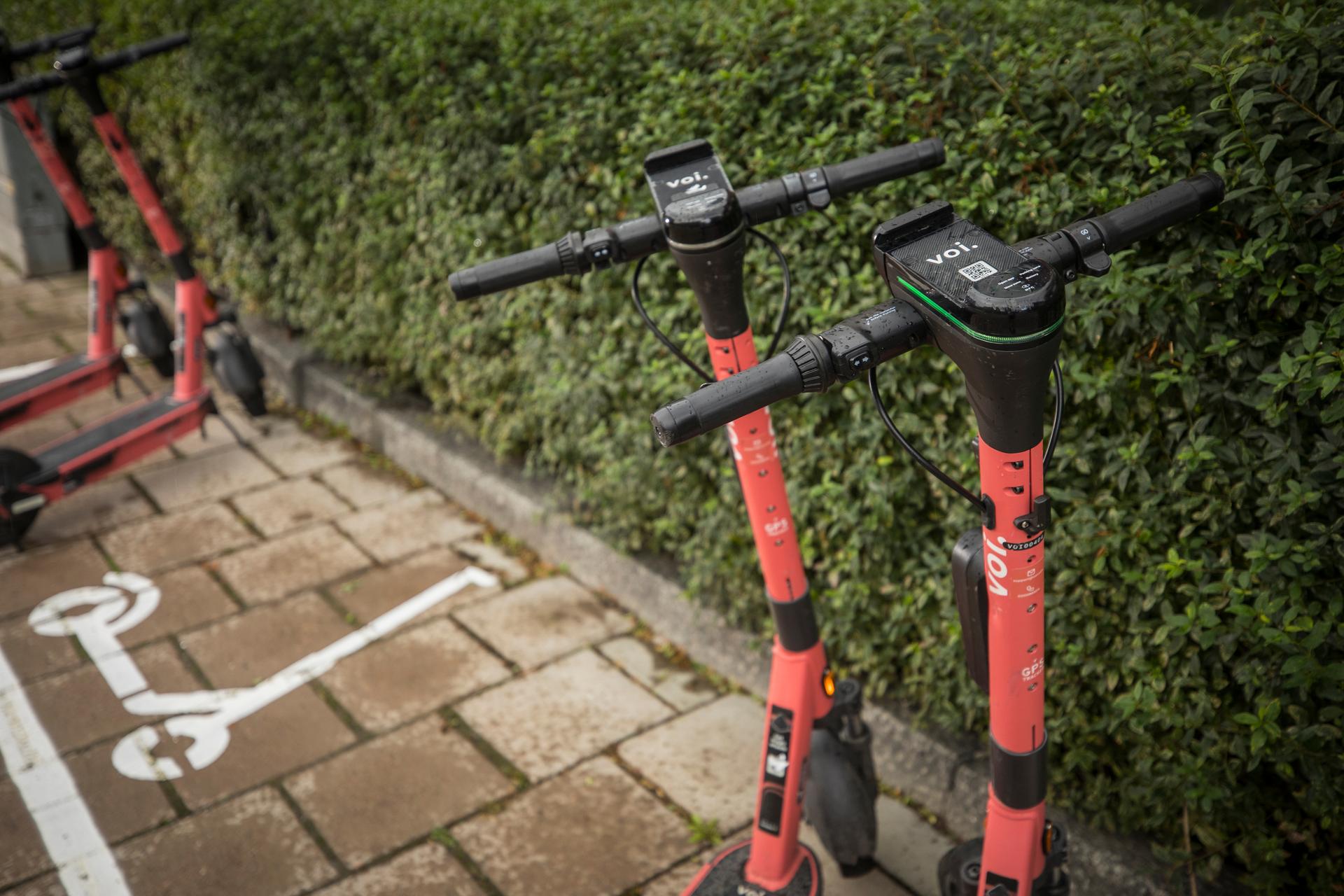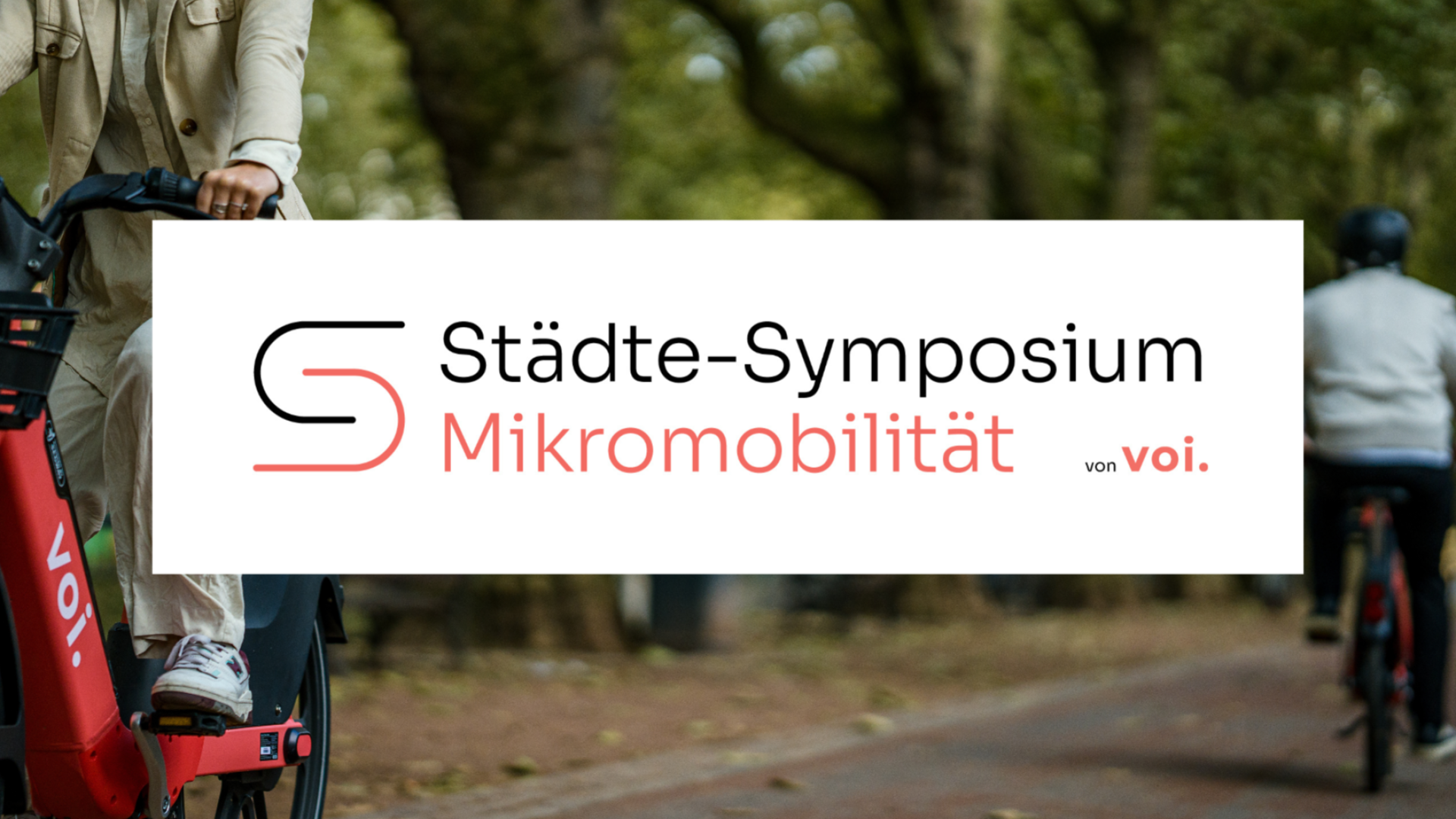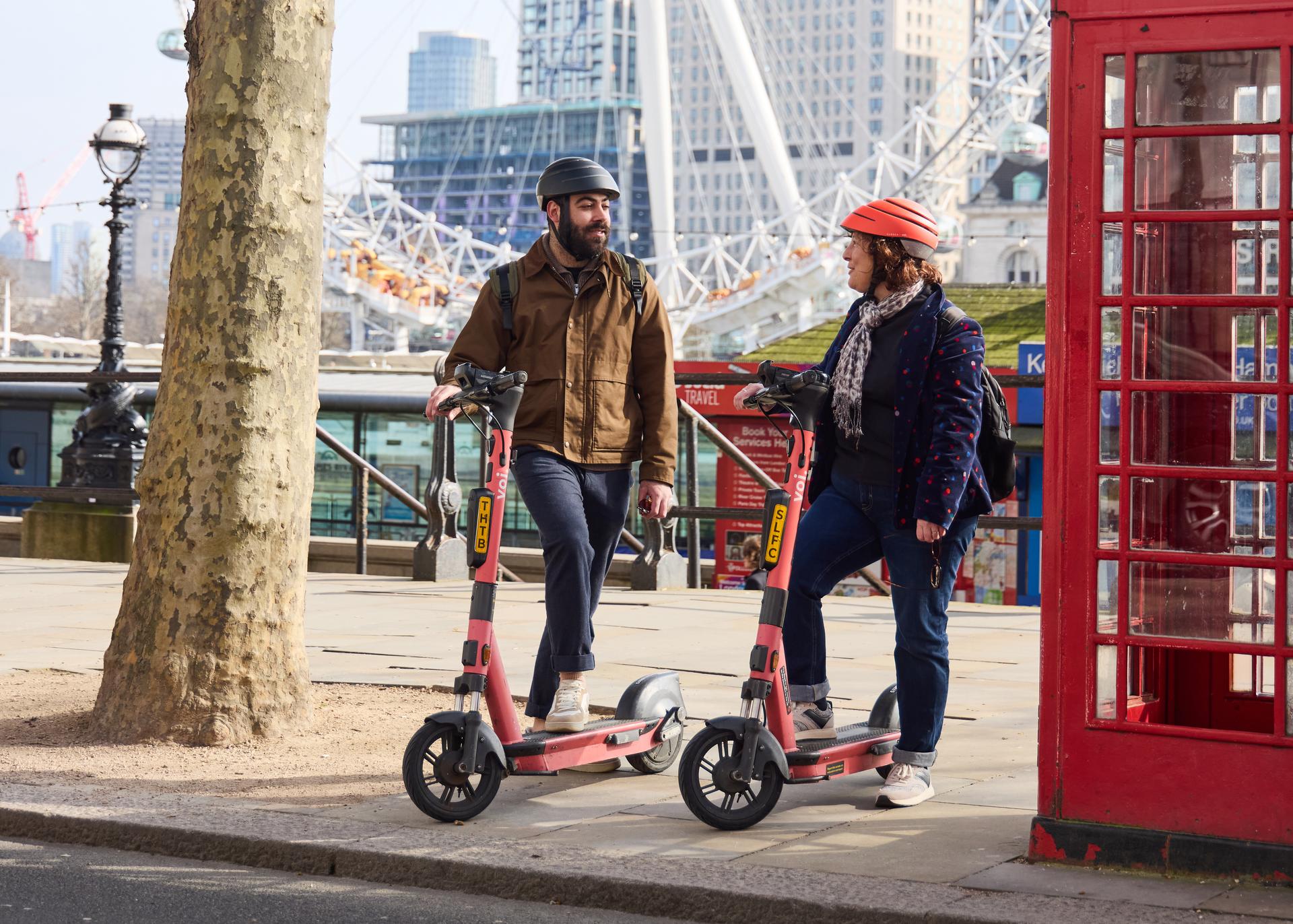Enormous demand for e-scooters in Norway: Voi calls for more parking spaces and a tender competition on behalf of users in Oslo
Jun 21, 2021

In one week, more than 300,000 rides are made with Voi’s e-scooters in Oslo. The majority are used a double-digit number of times throughout the day. A new proposal to limit the number of e-scooters can severely prevent access to sustainable mobility for citizens that have found a new way to travel around the city.
The shift towards this new sustainable mobility mode in Oslo is now at risk of being quelled, following a new regulatory proposal from the Oslo City Council.
- The proposal includes a ceiling of 8,000 e-scooters – down from the 20,000 e-scooters on Oslo’s streets today.
- These 8,000 e-scooters would be divided between all e-scooter operators, which sums up to eight rental companies today.
- The city will be divided into four zones with a maximum number of e-scooters within each zone.
The proposal, which is under public consultation until June 27th, also includes a ban to drive e-scooters at night.
Raise your voice in support for shared micro-mobility
The proposal for new regulations has been sent out for consultation and everyone can provide input. If you want to influence the City of Oslo to pay more attention to the users of e-scooters, send an e-mail to the Oslo City Council. The deadline is just in a few days.
Will drastically impact the citizens’ opportunities to travel by e-scooters
Every week, more than half a million trips are made with Voi’s e-scooters in Oslo. The majority of our shared scooters are used a double-digit number of times throughout the day. These low-carbon trips with e-scooters help replace car trips and reduce the pressure on public transport.
Christina Moe Gjerde, Voi’s General Manager in Norway, says that the proposal will severely impact the availability of e-scooters in Oslo – and the service will be worse for citizens who will have to navigate between a long list of apps from different rental companies.
“Voi supports regulation, but this proposal is hampering the development of shared micro-mobility. We think that the proposal is poorly thought out and will drastically impact the citizens’ opportunities to travel sustainably with shared e-scooters in combination with public transport”, says Moe Gjerde.
Moe Gjerde says that the regulatory approach will not fix the issue at hand and critically impact e-scooter operator’s opportunities to develop the service to make it safe for all citizens.
“Voi supports regulation, but this proposal is hampering the development of shared micro-mobility.”
The solution: Better infrastructure and more dedicated operators
“The service should be based on user demand where a key point in a regulation should be to set requirements for the utilization of the e-scooters”, says Moe Gjerde.
Instead of limiting the number of e-scooters, Moe Gjerde says that a cap on operators would solve the issues at hand. The approach to share a restricted number of permits equally between a long list of operators will hamper the opportunities for shared micro-mobility operators to invest in solutions.
“At Voi, we believe that tenders to secure obligations for a smaller number of shared micro-mobility companies are the best approach to ensure that service develops in a way that benefits all citizens. This would improve operators’ opportunities to invest in solutions for parking and safety, and for the users, it’s better to have one monthly card than eight,” says Moe Gjerde.
Voi is not alone in supporting an approach to cap the number of operators instead of e-scooters. Nils Fearnley, the chief researcher at the Norwegian Institute of Transport Economics, said to Nettavisen last week that the council’s proposal will be bad both for the e-scooter companies and the users. Nils Fearnley, who is considered Norway’s foremost expert in micro-mobility, said it’s better to limit the market access for e-scooter operators.
Further on Moe Gjerde says that the issue with e-scooter blocking pavements and other pedestrian areas is a consequence of the lack of dedicated parking space. She adds that research from the Norwegian Institute of Transport Economics that was published earlier this year shows that dedicated space for parking significantly improves the situation with clutter.
“When half of all citizens of Oslo use a new means of transport, politicians should dedicate space. Instead of over-regulating the market as the city council now proposes, the authorities should rather facilitate that a popular offer to the inhabitants can work even better. E-scooters need a home in cities, just like any other mode of transportation,” says Christina Moe Gjerde.
Travelling with micromobility – bikes, e-scooters and other forms of lightweight vehicles – has increased substantially in the past years, helping to reduce dependency on car trips in cities. Earlier this year, the OECD-associated think tank International Transport Forum (ITF) concluded that the emergence of shared micro-mobility has increased demands for redistributing space in cities. The ITF noted that building more infrastructure for micro-vehicles will make these safer and perceived as safe, making these an even more attractive alternative to cars.


